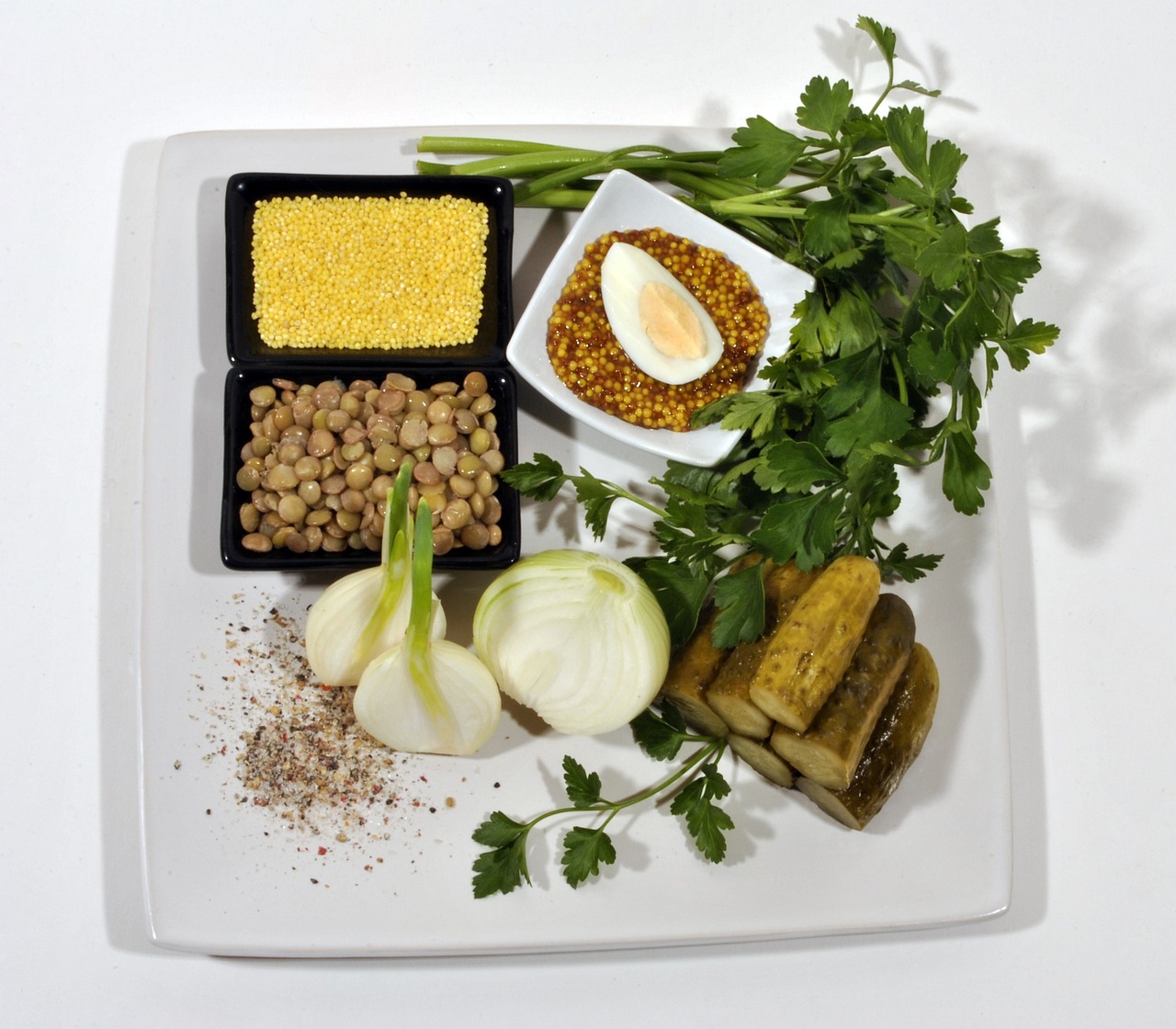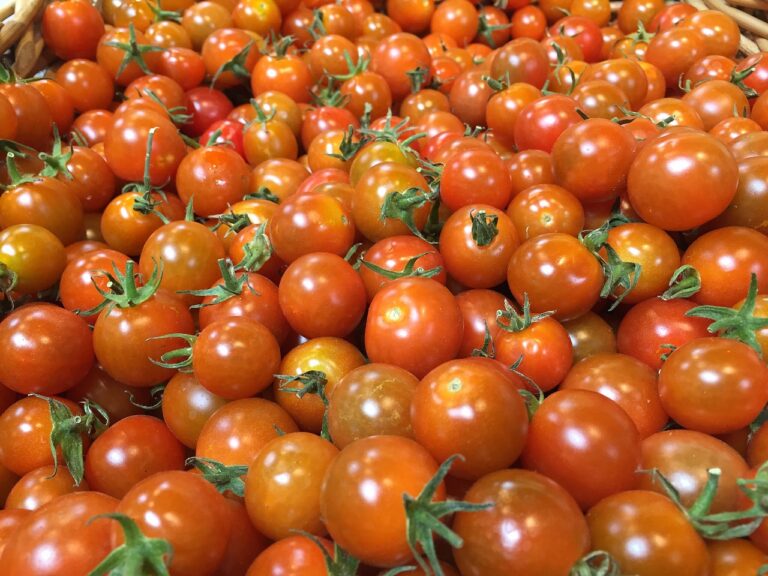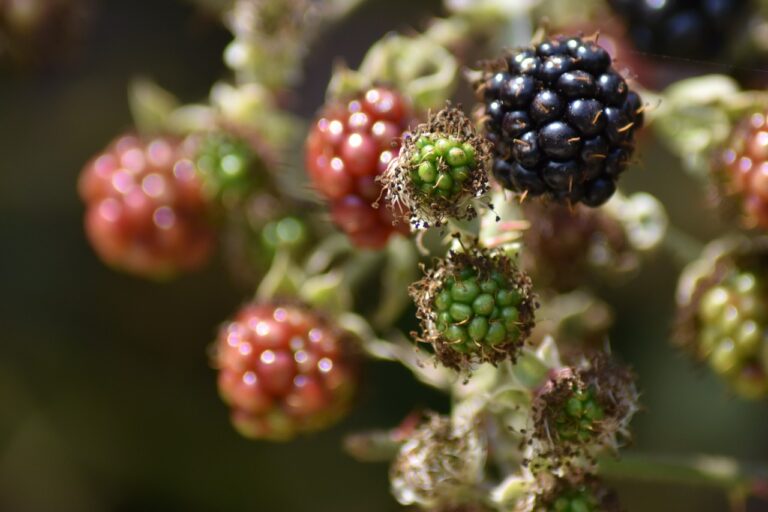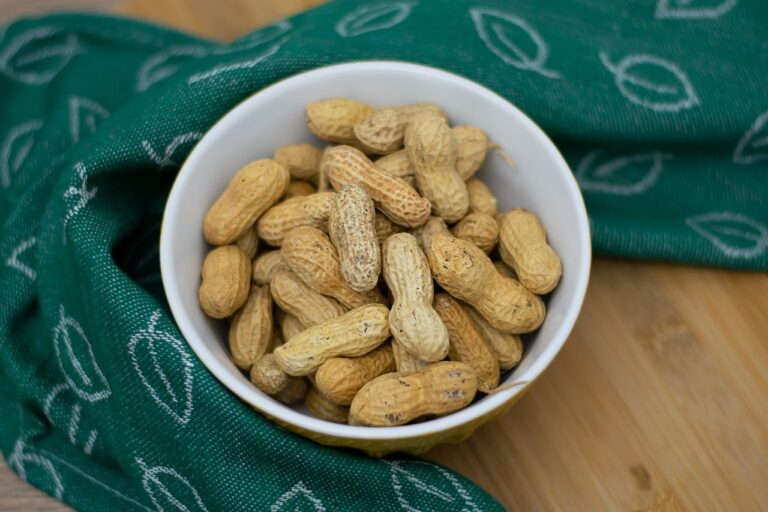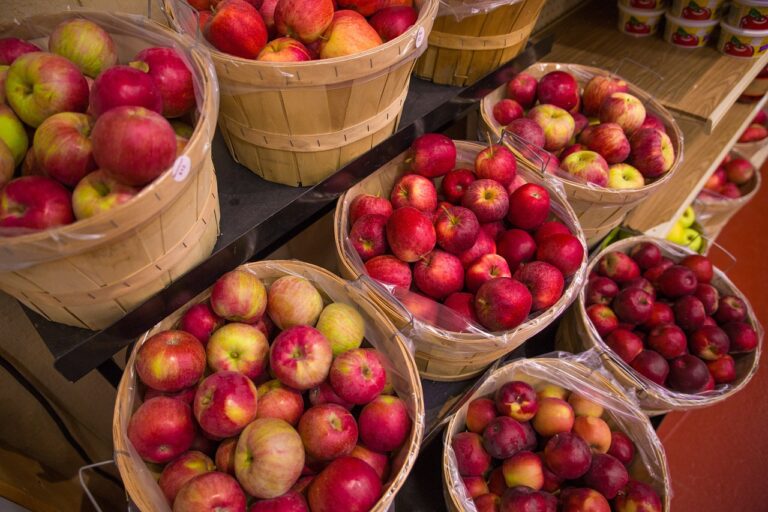Innovations in Poultry Egg Packaging: Betbook250, Anna 247 login, Yolo247 login app
betbook250, anna 247 login, yolo247 login app: Innovations in Poultry Egg Packaging
As the demand for high-quality eggs continues to rise, the poultry industry is constantly striving to innovate and improve egg packaging solutions. From enhanced protection to sustainable materials, there are several exciting developments in the packaging of poultry eggs that are worth exploring.
In this article, we will delve into some of the most recent innovations in poultry egg packaging, how they benefit both producers and consumers, and what the future holds for this essential aspect of the egg industry.
Improved Protection
One of the key focuses of innovation in poultry egg packaging is enhancing the protection of eggs during transportation and storage. Breakage during transit can result in significant losses for producers and lower-quality eggs for consumers. To address this issue, packaging companies are developing solutions that provide better cushioning and shock absorption to minimize breakage.
Some of the latest advancements in egg packaging include the use of innovative materials such as expanded polystyrene (EPS) foam, which offers superior protection compared to traditional cardboard cartons. These materials are lightweight, cost-effective, and environmentally friendly, making them an excellent choice for producers looking to improve the quality of their eggs.
Sustainability
Sustainability is a growing concern in the poultry industry, and many producers are looking for ways to reduce their environmental impact. Innovations in egg packaging are playing a crucial role in this effort, with companies developing eco-friendly solutions that use renewable materials and reduce waste.
One such innovation is the use of biodegradable and compostable packaging materials made from recycled paper or plant-based plastics. These materials are not only environmentally friendly but also help to reduce the carbon footprint of egg production. By investing in sustainable packaging solutions, producers can appeal to environmentally conscious consumers and demonstrate their commitment to eco-friendly practices.
Convenience
In addition to protection and sustainability, convenience is another important factor driving innovation in poultry egg packaging. Consumers today lead busy lifestyles and are looking for packaging solutions that make it easier to store, transport, and use eggs in their daily lives.
To meet this demand, packaging companies are developing user-friendly designs such as resealable cartons, which allow consumers to easily open and close the packaging without the need for additional storage containers. This innovation not only enhances convenience for consumers but also helps to extend the shelf life of eggs, reducing food waste in the process.
Aesthetics
While protection, sustainability, and convenience are critical considerations in egg packaging, aesthetics also play a significant role in attracting consumers and differentiating products on the shelf. Packaging companies are investing in eye-catching designs, vibrant colors, and appealing graphics to make their products stand out and appeal to a wider audience.
By incorporating visually appealing elements into their packaging, producers can enhance the perceived value of their eggs and create a memorable brand experience for consumers. Whether it’s through creative illustrations, unique shapes, or innovative printing techniques, aesthetics are an essential component of successful egg packaging design.
Technology
Technology is playing an increasingly important role in the innovation of poultry egg packaging, with companies leveraging digital solutions to enhance traceability, quality control, and supply chain management. From barcode labeling to RFID tracking systems, technology is enabling producers to monitor the entire lifecycle of their eggs and ensure they meet the highest standards of safety and quality.
By integrating technology into egg packaging, producers can improve efficiency, reduce waste, and create a more transparent and traceable supply chain. These advancements not only benefit producers by streamlining operations but also provide consumers with greater confidence in the products they purchase.
Future Trends
Looking ahead, the future of poultry egg packaging is likely to be shaped by ongoing trends in sustainability, convenience, and technology. As consumers continue to prioritize eco-friendly products, we can expect to see further innovations in biodegradable materials, packaging design, and waste reduction strategies.
Additionally, advancements in digital technology are likely to revolutionize the way eggs are packaged, distributed, and consumed. From smart packaging solutions that provide real-time information on freshness and quality to automated packaging systems that improve efficiency and reduce labor costs, the possibilities for innovation are virtually endless.
FAQs
Q: Are biodegradable egg cartons as durable as traditional cardboard cartons?
A: Yes, biodegradable egg cartons made from recycled paper or plant-based plastics are just as durable as traditional cardboard cartons, providing excellent protection for eggs during transportation and storage.
Q: How can I tell if an egg carton is compostable?
A: Compostable egg cartons are usually labeled as such on the packaging and may also feature certification logos from organizations such as the Biodegradable Products Institute (BPI) or the Compost Manufacturing Alliance (CMA).
Q: Are there any regulations regarding egg packaging materials?
A: Yes, there are regulations in place to ensure the safety and quality of egg packaging materials. Producers must comply with guidelines set by food safety authorities and environmental agencies to ensure that packaging materials meet the necessary standards.
In conclusion, innovations in poultry egg packaging are driving positive changes in the industry, from improved protection and sustainability to convenience, aesthetics, and technology. As producers continue to invest in new packaging solutions, consumers can expect to enjoy better-quality eggs that are safer, more environmentally friendly, and easier to use in their daily lives. The future of poultry egg packaging is bright, with exciting developments on the horizon that will shape the way eggs are packaged and consumed for years to come.

